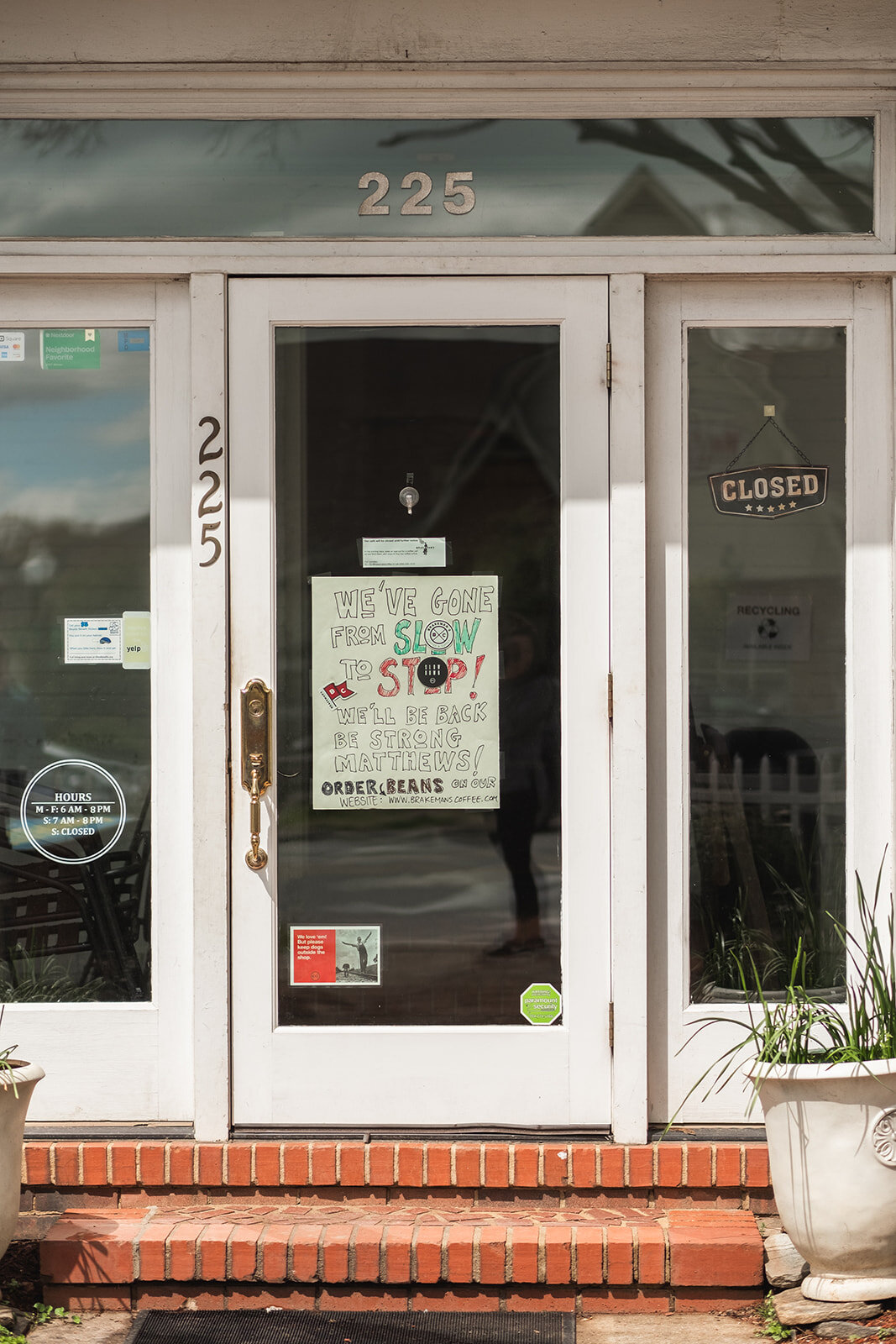Photo by Cyma Shapiro
On Tuesday and Thursday mornings and Wednesday nights, in Room 102 at the Matthews Community Center, at least one dozen participants are moving into positions, sweating and sometimes groaning during their weekly Bowsprings yoga session.
While groaning is rarely a reflection of pain, rather, just a sign of exertion and movement in ways not seen before, some of the contortionist-looking postures may sometimes appear counter-intuitive to more traditional forms and methodologies of yoga.
Where, for example, you might hear an instructor exhorting you to draw your bellybutton toward your spine and tuck your tailbone slightly under (traditional Downward-Facing Dog). Here, with bent knees (Crouching Cat), you would be asked to bow your belly forward as you move your hips up and back, maintaining the low back curve.
This is one of the newest forms of yoga, started in Colorado seven years ago by Desi Springer and John Friend - both long-time yoga teachers. It is being taught in Matthews by yoga teacher, Linda Oelschlaeger, 71, from Weddington, who has been teaching at the Matthews Community Center for 18 years, six of which have solely focused on the Bowspring technique. Oelschlaeger is the only Bowspring teacher in the Charlotte region and only one of a few Bowspring teachers in North Carolina.
Photos by Cyma Shapiro
According to the Global Bowspring website, Bowspring yoga is a mind-body practice which focuses on moving toward a specific geometric shape through 10 key areas of the body in a dynamic neutral position. The practice seeks “proportionally ideal curvy alignment between the head, neck, ribcage, waist, and pelvis, in which functional movement is optimized with the least amount of force required.” With this methodology, connective tissue can elongate, not by straightening limbs as other methods require, but by curving it.
For Oelschlaeger, who studies with both Springer and Friend, Bowsprings was the next step both in her own personal practice and in her teachings to others. “I just worked the (new exercises) in as a general process,” she said. Some people liked the new change, others dropped out. But, she encouraged her class to stick to a process that requires at least a few months of constant practice, to see positive outcomes. “With practice and time, Bowsprings becomes more natural,” she said.
(Several class participants have been involved with Linda’s Bowsprings yoga for years, choosing not only to become close to other class members, but to support, meet up with and form friendships outside of class.)
“Many older people who have had injuries may appreciate the way it relieves pain and the therapeutic aspect of it,” she said. “It resonated for me. I liked the way it felt in my body. It’s challenging and I felt I could access different parts of my body which I felt I couldn’t access with (other) yoga,” said Oelschlaeger.
“It is a natural, animalistic, primal type of movement,” she explained, noting that there are other traditions and methods which are also moving more toward curvy alignment now and a curving (not a straightening of) the knees.
Photos by Cyma Shapiro
“Because it is curvy and dynamic and we pulse and move, as long as you do it with healthy alignment…I know I like it and I know that others appreciate it. The thing is that it can appreciate into your daily life – how you stand, how you bend over when you use the dishwasher, or how you squat to pick up something. So, using those principles in every movement you make is freeing. Ride a bicycle, climb a mountain, run…you can use that (same) alignment,” said Oelschlaeger.
Unlike more traditional forms of yoga with time-worn poses and phraseology, Bowsprings intent, positioning, framework and even terminology is different. Hence: Earth Foot, Crouching Foot, Zig-Zag Legs, Salt Hands, Seed Hands, Harvest Hands, Dome Hands and Jewel Hands, for example. Full-body movements include pulsing or jumping.
In a traditional yoga class, you start on your mat in the middle of the room with a prescribed sequence of movements. In Bowsprings yoga, it varies from one class to the next, beginning with simple warm-ups and moving on to more strenuous/rigorous movements and poses including arm and leg stands on both the ground and the walls.
Six-year student, Vicky Derrer, 69, of Weddington, said she likes the feeling that she hasn’t “failed” if she can’t do all the poses perfectly. “I love the focus on alignment, balance and deep stretching,” said Derrer.
“I had never taken yoga classes before I started with Linda five years ago. Bowspring yoga has helped me with strength, flexibility, (and made me) more aware of my posture - all the things that are important as we age. AND, Linda is the best!”
“I had never taken yoga classes before I started with Linda five years ago,” said Anne Murray, of Weddington. “Bowspring yoga has helped me with strength, flexibility, (and made me) more aware of my posture - all the things that are important as we age. AND, Linda is the best!”
“I was in the class and had a new-found respect for her students, because it was tough!” said Melissa Johnson, Cultural Recreation Manager for the Community Center. “Her students are all incredibly strong! They may not have started that way, but this type of yoga definitely builds strength and stamina.”
In all her sessions, Oelschlaeger reserves the last class for movement with music. “They’ve had eight weeks to learn about alignment,” she said, adding that on that day, they are allowed to move as they wish (with her promptings).
Oelschlaeger hopes to continue teaching and doing yoga for at least twenty more years. “I am grateful for this process. It helps me get stronger. I was in a lot of pain when I started yoga. It’s helping me more and more. I feel like I’m still evolving. I have no pain anymore. I am grateful.”
Bowspring Yoga with Linda Oelschlaeger
Matthews Community Center, 100 McDowell St., East, Matthews, NC 28105
Cost: Eight sessions: $80 (Matthews residents), $85 (non-residents); Drop-ins: $12
Choose your day: Tuesday: 9:30-11 AM, Wednesday: 6-7:30 PM Thursday: 9:30-11 AM
Photo by Cyma Shapiro













